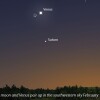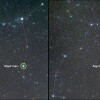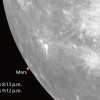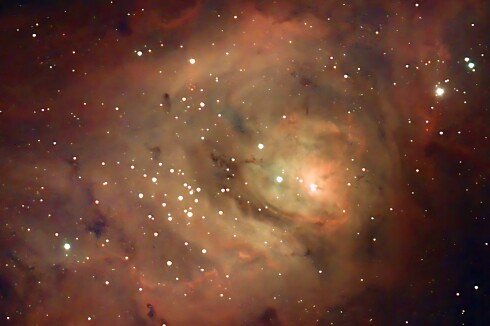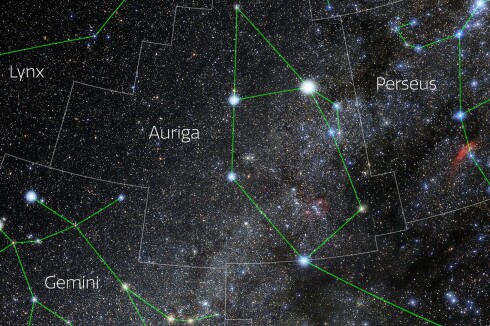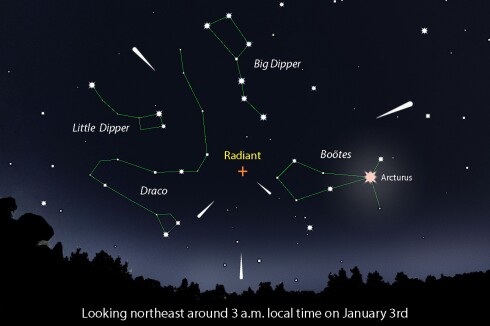Are you a temperature checker? Whenever extreme weather conditions are forecast I keep a close eye on the thermometer. Lots of people watch football games and cheer their favorite team. I cheer when I see the mercury hit 10 below and get even more excited when it drops to minus-20. I like the hard blue skies and glaring sun that come with subzero polar vortices. And who doesn't enjoy the sound of squeaky snow? So peculiar and yet so satisfying.
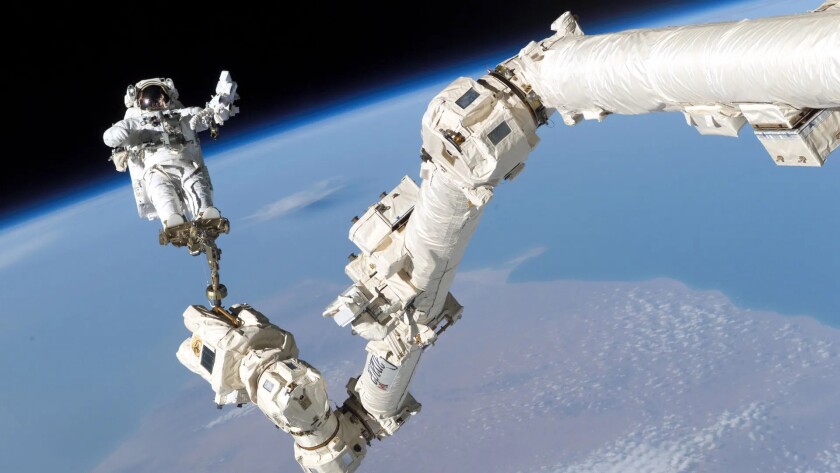
When the cold and wind become make us shudder to think about going outside, I'm reminded of the utter harshness of outer space that begins just 60 miles above our heads and continues for billions of light-years. It would kill us all were it not for the refuge provided us by this cozy, little blue ball we call Earth.
ADVERTISEMENT
Our home planet has extremes in temperature but the overall average for the entire globe is a clement 59 degrees Fahrenheit. You don't have to go far to tip the scales. Temperatures at the International Space Station, which orbits in outer space, range from 250 degrees in direct sunlight to minus 250 degrees in the shade. Ouch! Brr!
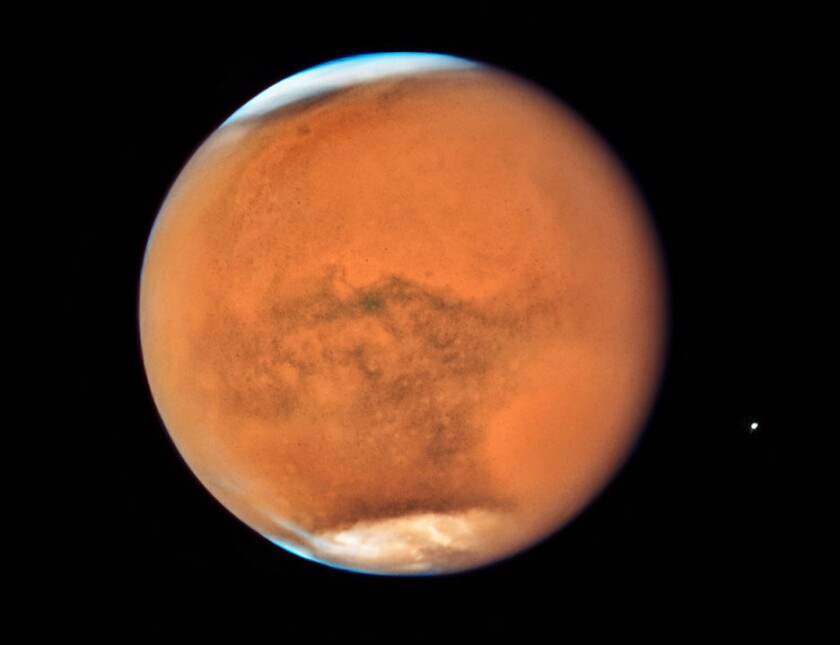
As we move farther from the sun, past Mars and the outer planets, sunlight and solar heating weaken, and temperatures drop further. When NASA's New Horizons flew past Pluto in July 2015 it measured the dwarf planet's surface temperature at between minus-345 to minus-382 degrees Fahrenheit. That's cold enough for the gas nitrogen, which comprises about 78% of the air we breathe, to turn to ice.
Closeup images taken during the flyby revealed glaciers made of nitrogen ice that was solid but "plastic" enough to flow across the surface like water-ice glaciers do on Earth. Water itself, also found on Pluto, is so rigid at those temperatures it constitutes the dwarf planet's bedrock.
After the Pluto mission was complete, there was enough fuel left over for an additional flyby. Scientists found a suitable target, the remote Kuiper Belt asteroid 2014 MU69, and set course. The Kuiper Belt is a vast, doughnut-shaped region beyond Neptune home to millions of icy asteroids including Pluto and several other dwarf planets. Discovered in 2014, the asteroid later received the name Arrokoth, which means "sky" in the Native American Powhatan-Algonquian language. It lies 4 billion miles from the sun — more than billion miles beyond Pluto.
Arrokoth is composed of two separate bodies, 3 and 9 miles across. In the distant past they rotated so slowly about each other that their mutual gravitational attraction caused them to come together and merge into a single body. The bi-lobed asteroid looks a lot like a snowman missing a head. Some see a giant peanut.
Arrokoth has a distinctly red coloration. Solar ultraviolet light and energetic cosmic rays (speedy subatomic particles ejected in supernova explosions that ricochet around the galaxy) are the cause. They bombard the surface and energize the formation of complex organic compounds from simpler ones. Methanol ice, a toxic form of alcohol, frozen carbon monoxide and even simple sugars like glucose have been found on this distant object. You could even say that Arrokoth has a sweet "coating" like an M&M. Sadly, no chocolate was detected.
When New Horizons zipped past the frigid orb on Jan. 1, 2019, it took its temperature — the most remote "on-site" temperature measurement ever made. Arrokoth averages around minus-384 degrees, but warms to minus-352 degrees if you stand directly under a high sun. That's just 76 degrees above absolute zero (minus 460 degrees), the coldest possible temperature there is. At absolute zero atoms don't jiggle and there's no heat.
ADVERTISEMENT
If you lived on Arrokoth, 30-below would feel like a sizzling summer day. So do you feel a little warmer now knowing how cold it can get? Nah, I didn't think so. Stay warm!



